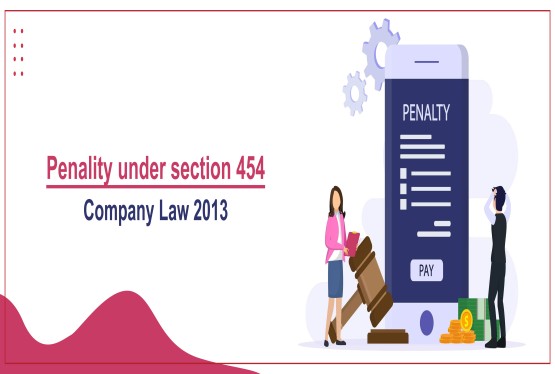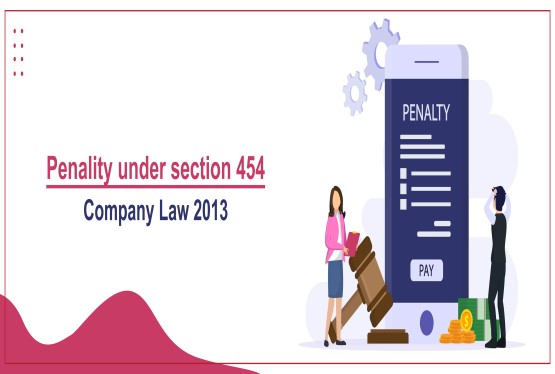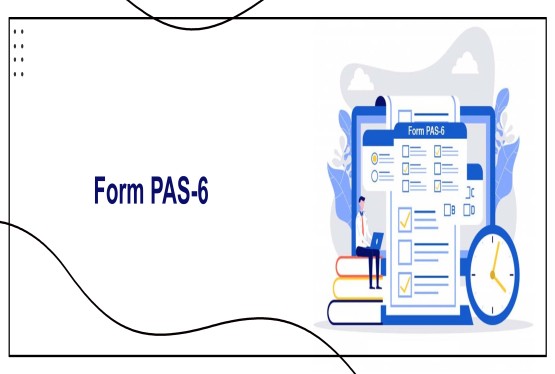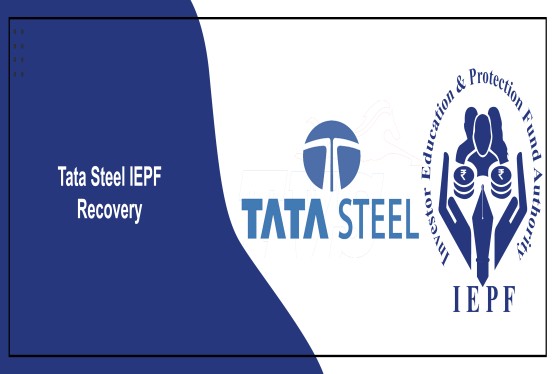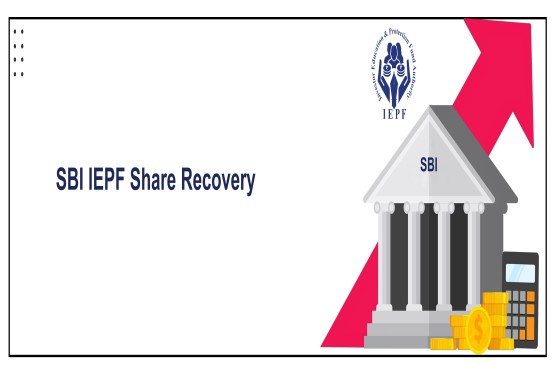The Ministry of Corporate Affairs (MCA), through the LLP Act, 2008 and LLP Rules, 2009, mandates specific procedures to legally dissolve a Limited Liability Partnership (LLP). Simply ceasing business operations or going inactive does not result in a valid closure unless due compliance is made through MCA-approved routes.
Any LLP can close down its business in India by adopting any of the following two ways:
-
Declaring the LLP as Defunct: In case the LLP wants to close down its business or where it is not carrying on any business operations for the period of one year or more, it can make an application to the Registrar for declaring the LLP as defunct and removing the name of the LLP from its register of LLPs.
-
Winding up of LLP: It is the process where all the assets of the business are disposed of to meet the liabilities of the same and surplus, if any, is distributed among the owners. The details of LLP closure can be seen from the following link: http://www.mca.gov.in/LLP/CloseCompany.html
LLPs are subject to the LLP Act & Rules:
Declaring LLP as Defunct (Strike-Off Process)
Section 75 of the LLP Act, 2008 and Rule 37 of LLP Rules, 2009. For LLPs that have not carried on any business or commercial activity for a period of one year or more. A Limited Liability Partnership (LLP) in India can be legally closed by following either of two routes:
-
Declaring the LLP as Defunct (Strike-off)
-
Winding-up of the LLP (Voluntary or by Tribunal)
Declaring the LLP as Defunct (Strike-off Route)
A defunct LLP is one that:
-
Has ceased business or operations for at least one year, and
-
Does not have any liabilities, and
-
Wants to formally close its name from the MCA register.
Eligibility:
-
LLP is not carrying on any business or commercial activity for 1 year or more.
-
No creditors or liabilities exist.
-
All compliance filings (Form 8 & 11) are complete up to the cessation date if having sale otherwise its not mandatory.
Note: Closure of an LLP by filing forms with the Registrar of Companies (ROC) is not mandatory if the LLP is defunct and has either not commenced business or has remained inactive since incorporation.
Documents Required
-
Statement of Accounts certified by CA (not older than 30 days from filing).
-
Affidavit by designated partners (on Rs.10 stamp paper).
-
Indemnity Bond by designated partners.
-
Copy of the LLP’s resolution authorizing closure.
-
ITR acknowledgment (if any returns filed).
-
Copy of LLP Agreement and amendments, if any.
Timeline:
-
Approx. 2 months after Form 24 is filed, assuming no objections.
Important Notes
-
ROC may issue a notice giving 30 days for objection.
-
ROC publishes names in the Official Gazette post approval.
-
Even after strike-off, partners remain personally liable for past obligations for up to 1 year.
-
LLP names can be restored within 20 years via NCLT if needed.
Post-Strike-Off Liability: Partners remain liable for any prior obligations for one year after dissolution
|
Aspect |
Strike-off |
Voluntary Winding-up |
Compulsory Winding-up |
|
Suitable for |
Dormant LLPs |
Active LLPs with no disputes |
LLPs with debt/disputes |
|
Key Form |
Form 24 |
Form 1, 2, 6, 9 etc. |
NCLT Petition |
|
Liquidator Required? |
No |
Yes |
Yes |
|
Duration |
3–6 months |
6–12 months |
12–24+ months |
|
Court Involvement |
No |
No |
Yes (NCLT) |
|
Cost |
Low |
Moderate |
High |
FAQs on LLP Closure (Strike-Off using Form 24)
Q1. Is Form 3 mandatory before LLP closure?
Ans. Yes, if executed.
-
Form 3 is used to file the LLP Agreement and any subsequent amendments.
-
If the LLP has executed an agreement, Form 3 must be filed before applying for strike-off using Form 24.
-
If no agreement was executed, a declaration to that effect should be attached while filing Form 24.
Q2. Is ROC filing mandatory before filing LLP Form 24?
Ans. Yes, in most cases.
-
LLP must be compliance-complete before filing Form 24.
-
If the LLP had any business transaction, it must have filed:
-
Form 11 (Annual Return) and
-
Form 8 (Statement of Accounts & Solvency)
up to the financial year in which business ceased.
However, if the LLP has never commenced any business, ROC may accept closure without Form 8/11—provided this is explicitly declared in Form 24 and supported with documents.
Q3. Is filing Income Tax Return (ITR) mandatory before closure?
Ans. Only if the LLP has earned income or incurred expenditure.
-
If the LLP was operational and earned income even for a short duration ITR must be filed and a copy of acknowledgment should be attached with Form 24.
-
If the LLP has never conducted business, and no PAN or bank transaction exists, ITR may not be applicable. However, a self-declaration in this regard should be attached.
Q4. What is the liability of partners after LLP closure?
Ans. Limited but not extinguished immediately.
-
As per Section 75 of the LLP Act, even after closure via strike-off, designated partners remain liable for any past obligations of the LLP for a period of 1 year from the date of dissolution.
-
In case of fraud, misrepresentation, or pending dues, the ROC or NCLT may revive the LLP and proceed against the partners.
Q5. How many forms are involved in LLP closure?
Ans. Here’s a summary of forms related to LLP closure:
|
Form No. |
Purpose |
Applicable Closure Route |
|
Form 24 |
Application for strike-off (defunct LLP) |
Strike-Off Route (Rule 37) |
|
Form 8 |
Statement of Account & Solvency |
Pre-closure compliance |
|
Form 11 |
Annual Return |
Pre-closure compliance |
|
Form 3 |
Filing LLP Agreement |
Mandatory if agreement executed |
|
Form 1 |
Resolution for voluntary winding-up |
Voluntary Winding-Up |
|
Form 2 |
Declaration of Solvency |
Voluntary Winding-Up |
|
Form 4 |
Appointment of Liquidator |
Voluntary Winding-Up |
|
Form 6 |
Statement by Liquidator |
Voluntary Winding-Up |
|
Form 9 |
Application for dissolution |
Voluntary Winding-Up |
Thus, Form 24 is the core form for strike-off, but Form 8, 11, and 3 are often required as supporting filings based on the LLP’s activity.
Q6. What are the grounds for rejection of LLP Form 24 by ROC?
Ans. Common reasons for rejection of Form 24 include:
-
Incomplete documentation (e.g., missing affidavit, indemnity bond, or CA-certified accounts).
-
Pending filings (Form 8/11 not filed up to the cessation year).
-
ITR not filed when the LLP had income or transactions.
-
Mismatch in partner details between MCA records and attached documents.
-
Existence of liabilities or ongoing litigation.
-
Improper formatting or unsigned affidavits.
-
Bank accounts still open, or PAN not surrendered where applicable.
-
Non-compliance with RBI/FDI norms if foreign investment was involved.
If rejected, Form 24 must be refiled with corrected documents, incurring fresh fees and potential scrutiny.











































































_crop10_thumb.jpg)


































































_crop10_thumb.jpg)
_crop10_thumb.jpg)



_crop10_thumb.jpg)


_crop10_thumb.jpg)





_crop10_thumb.jpg)

_crop10_thumb.jpg)














-suratgujarat-section-158_crop10_thumb.jpg)
-suratgujarat_crop10_thumb.jpg)
-(33)_crop10_thumb.jpg)



-ahmedabad_crop10_thumb.jpg)
-learn_crop10_thumb.jpg)

-learnn_crop10_thumb.jpg)



























































_crop10_thumb.jpg)























_Guidelines_learn_crop10_thumb.jpg)























_learn_crop10_thumb.jpg)
_crop10_thumb.jpeg)










_crop10_thumb.jpg)




_Second_Amendment_Rules,_2025_learn_crop10_thumb.jpg)







_learn_crop10_thumb.jpg)






















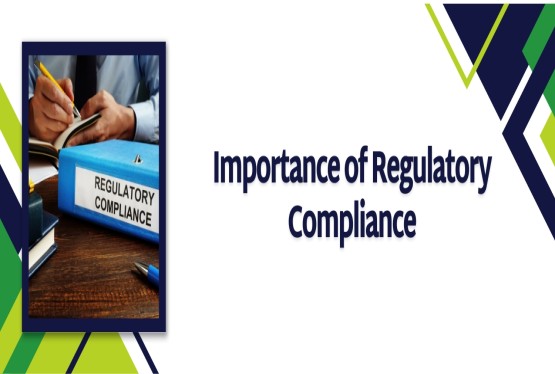








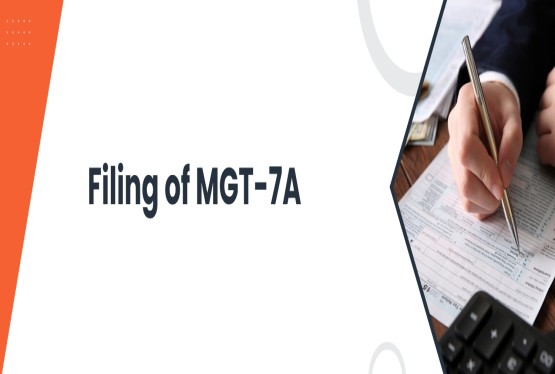












_learn_crop10_thumb.jpeg)









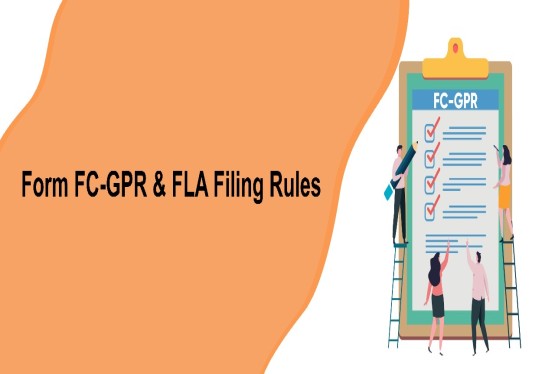

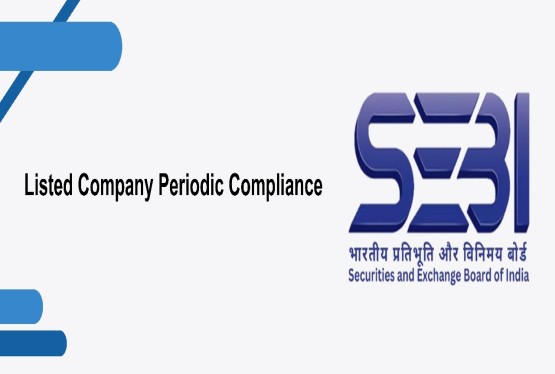

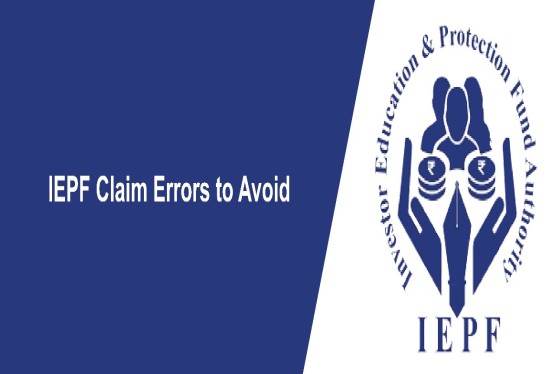


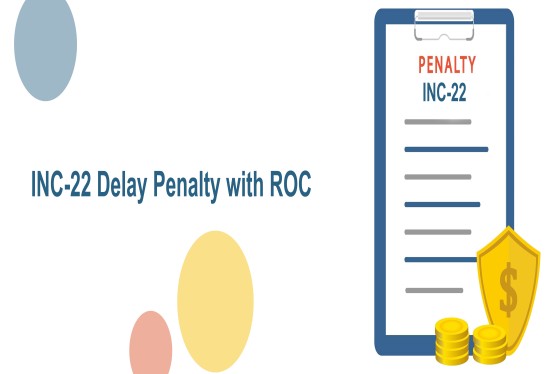
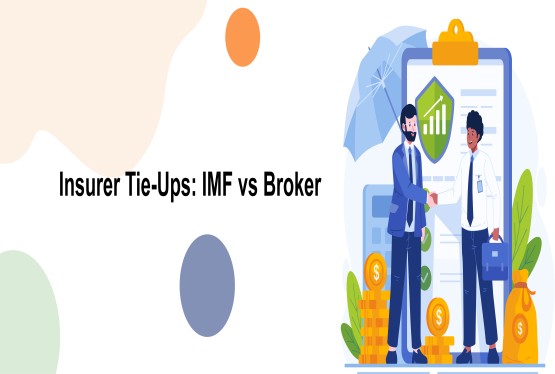

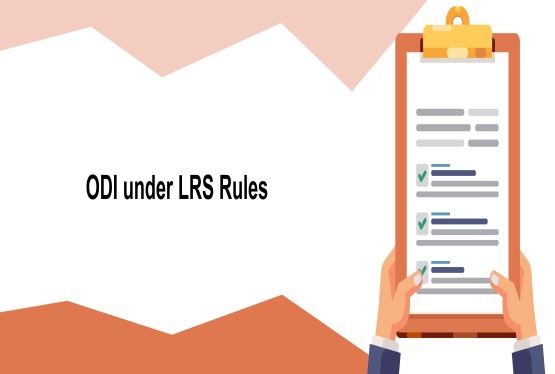



_learn_crop10_thumb.jpg)


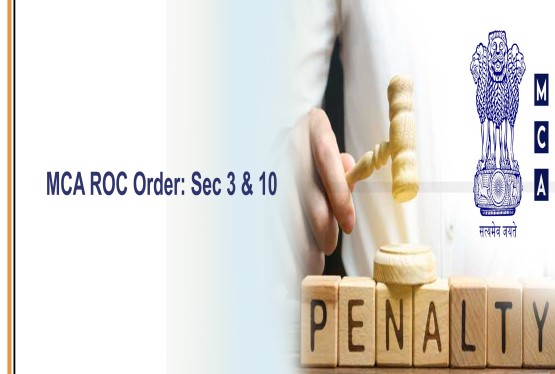
_rd_roc_learn_crop10_thumb.jpg)
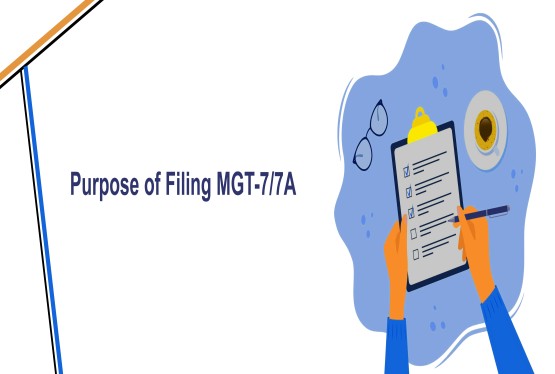




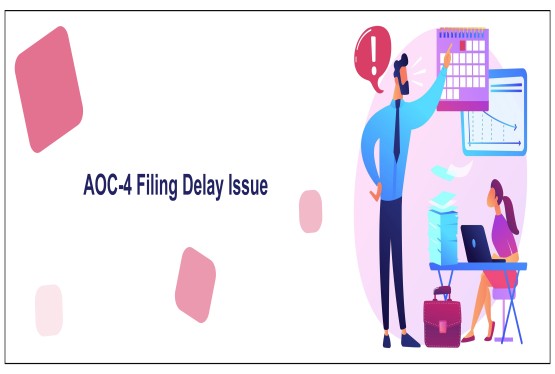
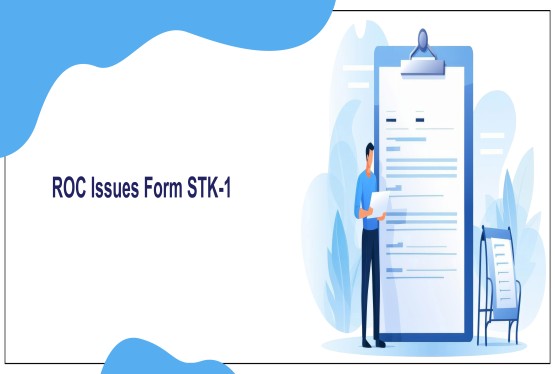









_learn_crop10_thumb.jpg)






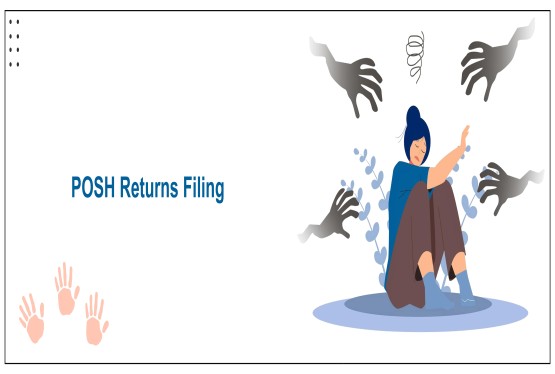
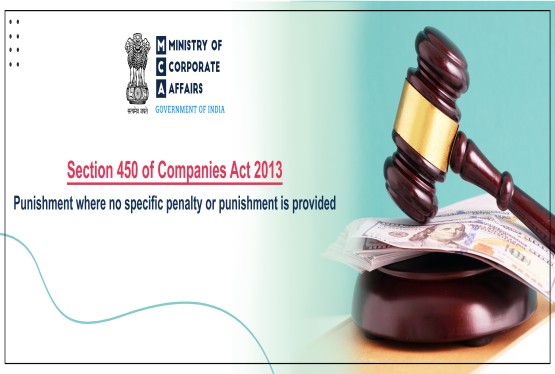



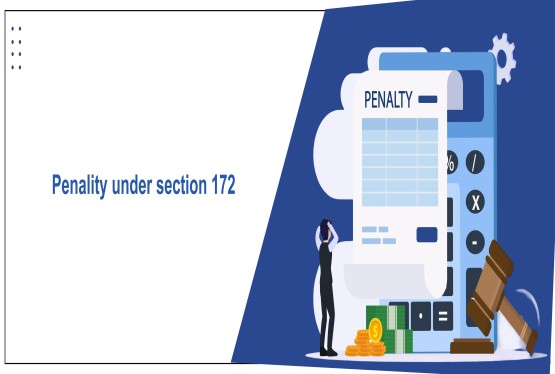
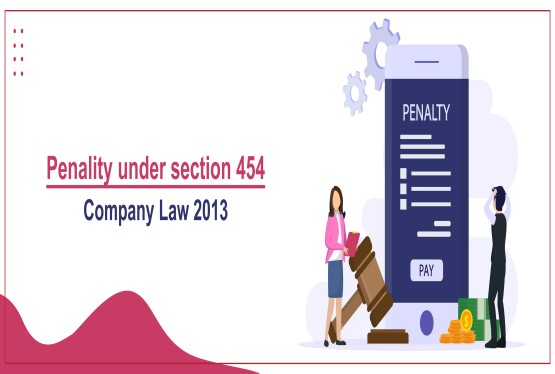
_learn_crop10_thumb.jpg)
_Learn_crop10_thumb.jpg)
